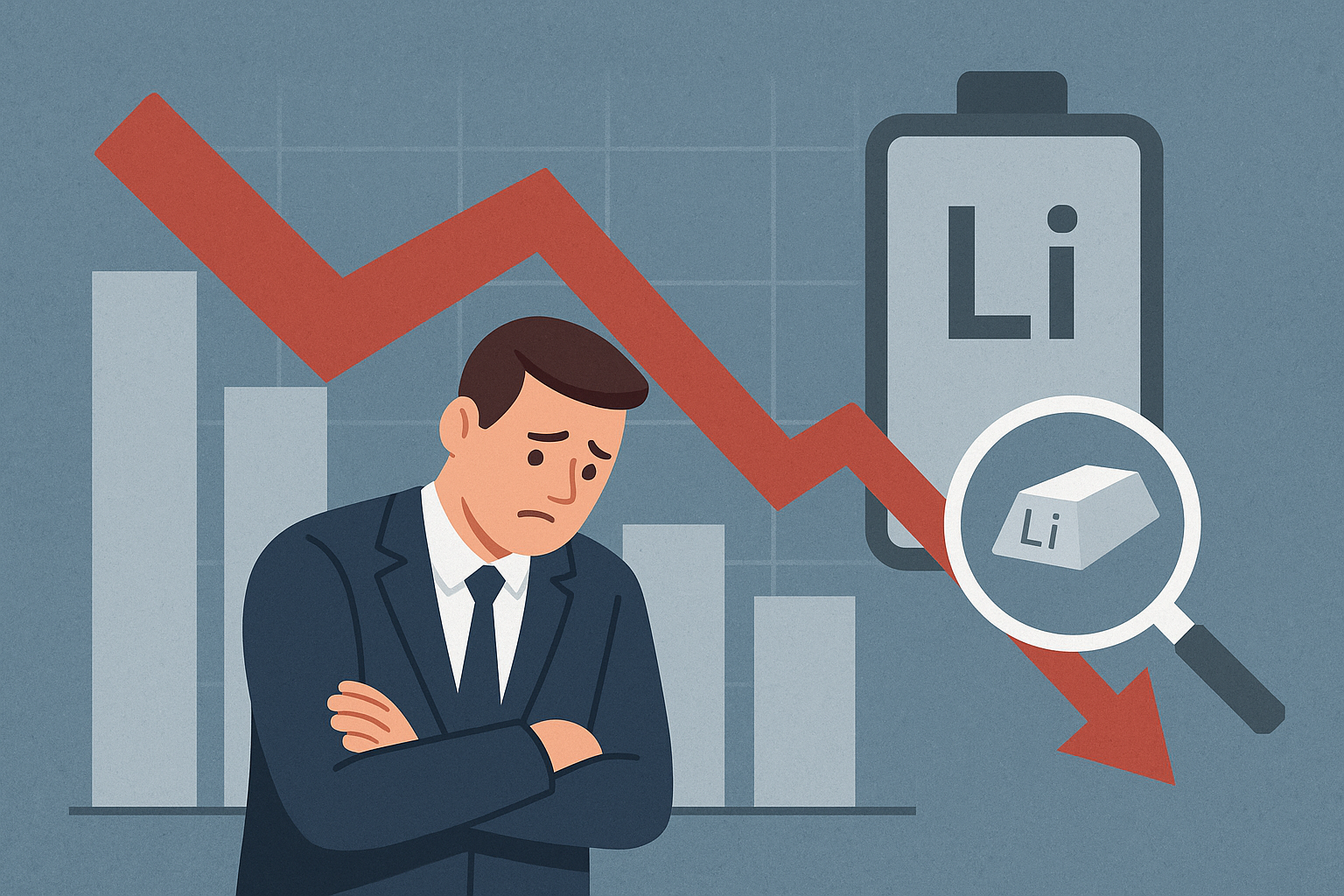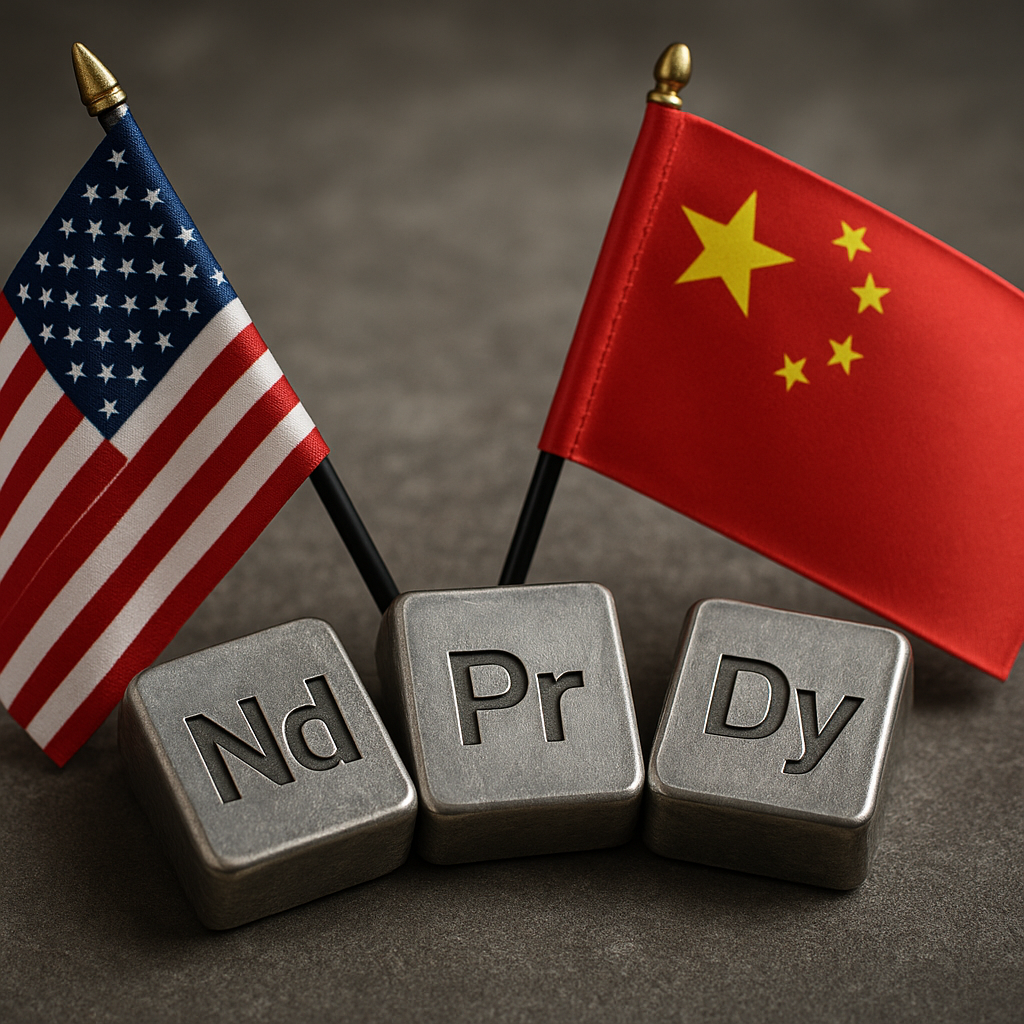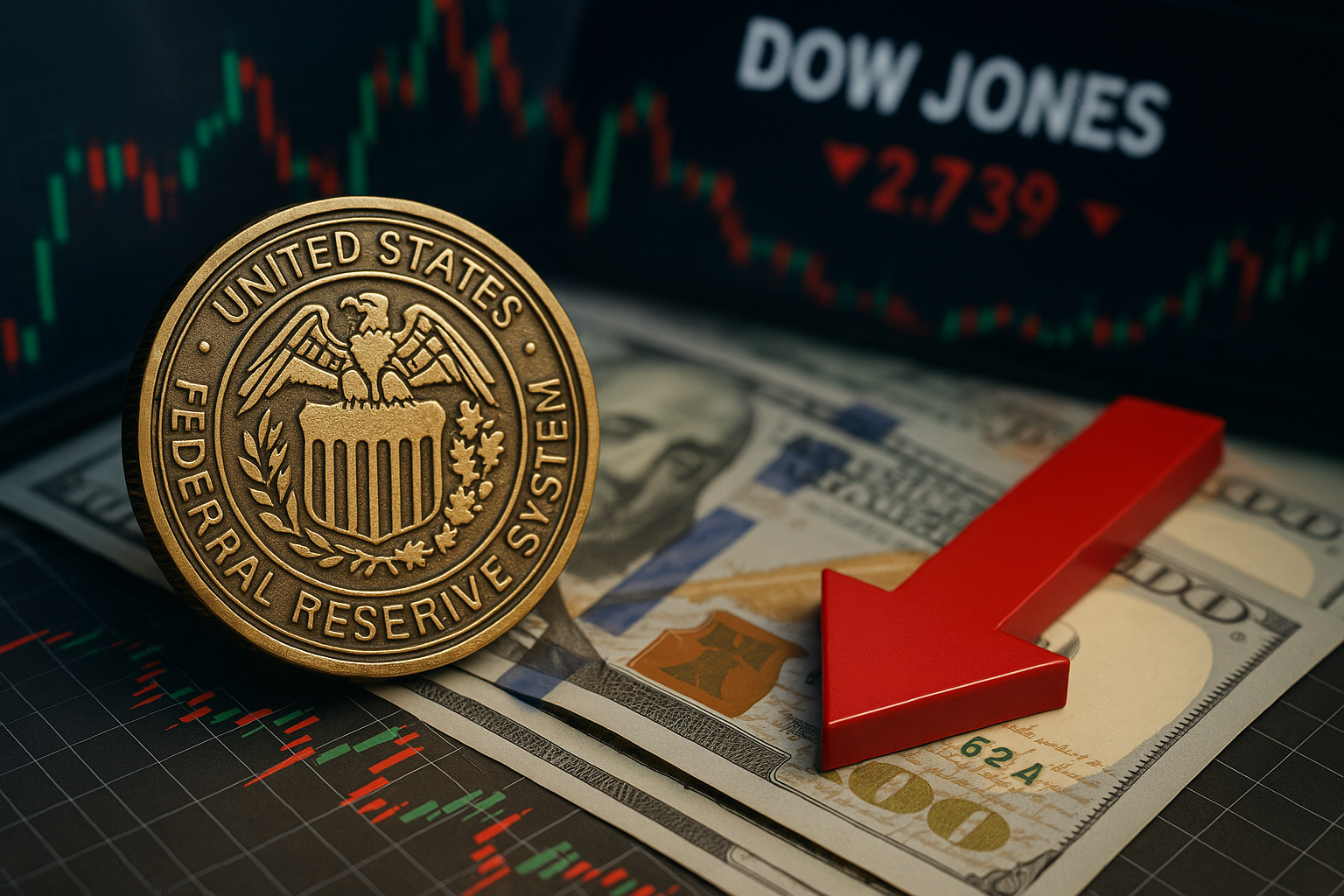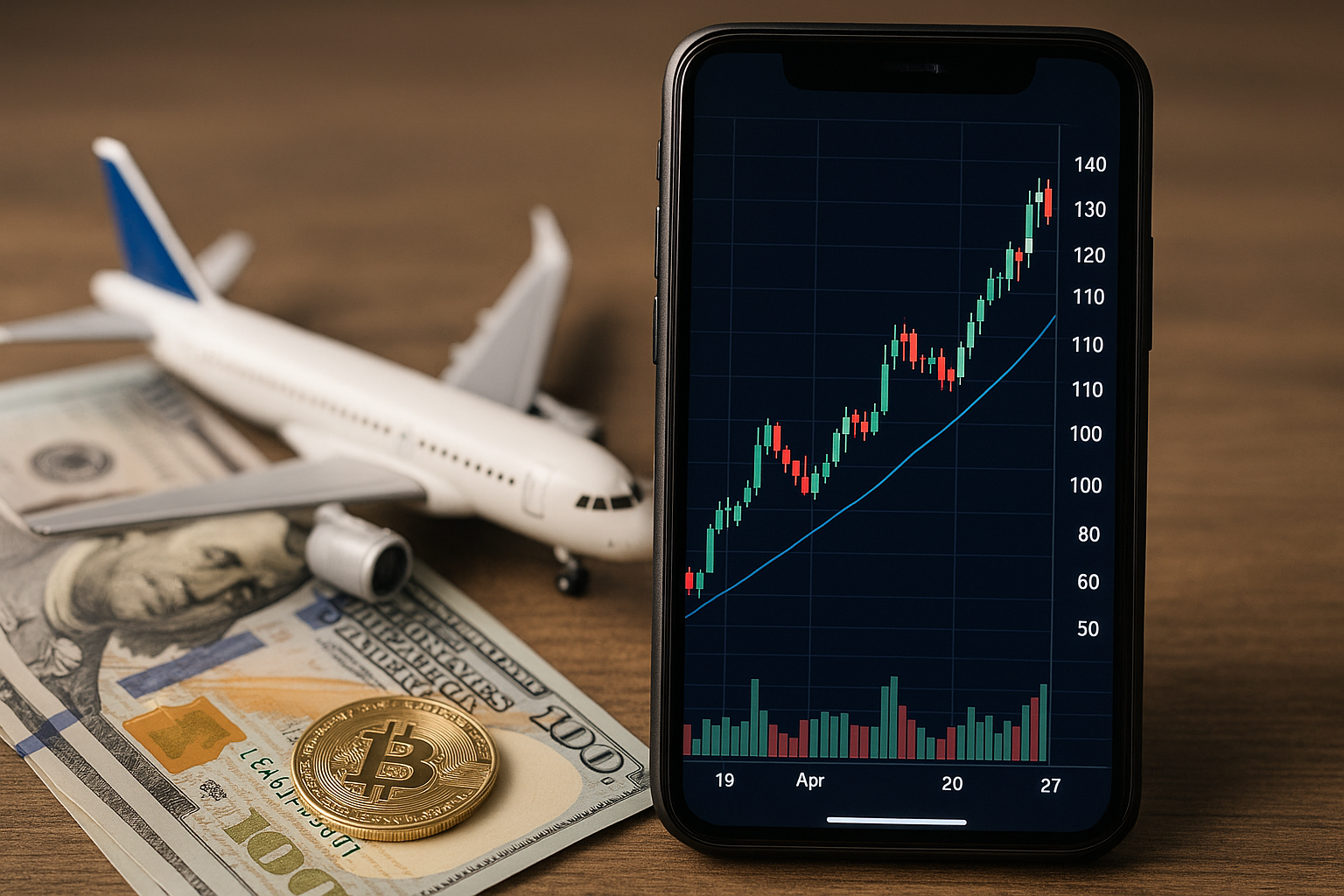Global markets are keeping a sharp eye on the lithium sector after several leading producers posted second-quarter 2025 earnings losses. Rising production costs and sluggish demand growth are weighing heavily on an industry that has long been hailed as a cornerstone of the global energy transition. For investors, the story is no longer just about long-term EV-driven demand but about navigating short-term volatility, margin pressures, and shifting fundamentals.
Why the Lithium Story Matters Now
Lithium has been one of the hottest commodities of the past decade, with demand projections linked to the electric vehicle (EV) boom, grid-scale energy storage, and clean technology. Yet, the latest results suggest cracks are forming beneath the surface. According to AInvest (August 18, 2025), key lithium producers reported Q2 earnings losses, attributing the weakness to higher extraction costs, inflated energy prices, and supply-chain inefficiencies.
This comes at a time when global EV sales growth has begun to moderate, particularly in China and Europe, where government subsidies are tightening. Benchmark Mineral Intelligence has noted that lithium prices, which peaked in 2022, have since pulled back by more than 40% from their highs. While still elevated compared to pre-2020 levels, the retreat underscores a rebalancing between supply expansion and tempered demand.
For investors, the immediate concern is that rising costs are squeezing margins at precisely the time when revenue growth is slowing.
Industry Pressures and Earnings Realities
1. Rising Operational Costs
From energy-intensive extraction to transportation bottlenecks, costs across the value chain have surged. For Q2, major producers cited double-digit increases in operating expenditures. Inflationary pressures in fuel and equipment remain persistent, with Australian and South American operations among the hardest hit.
2. Weakening Demand Growth
While EV adoption continues to rise, the pace has slowed compared to previous years. Data from the International Energy Agency (IEA) shows global EV sales growth slipped to 18% year-over-year in H1 2025, down from 32% in the same period of 2024. This deceleration is feeding into a softer pricing environment for battery metals.
3. Capital Market Reaction
Equity markets are beginning to reflect the strain. The Global X Lithium & Battery Tech ETF (LIT) has underperformed broader commodity indices year-to-date, down nearly 12% versus a 6% gain in the Bloomberg Commodity Index. Analysts from Goldman Sachs recently reiterated a “neutral” stance on lithium, citing ongoing uncertainty in cost management and demand stabilization.
Future Trends to Watch
Restructuring and Consolidation
The earnings squeeze could trigger a new wave of industry consolidation. Smaller, higher-cost producers may become acquisition targets for larger players with stronger balance sheets. Investors should watch for M&A activity as companies seek scale and operational efficiency.
Technological Shifts
Battery technology continues to evolve. The rise of sodium-ion batteries, backed by Chinese manufacturers, poses a longer-term competitive challenge to lithium. While not an immediate threat, investors should keep an eye on technology adoption curves that could shift future demand dynamics.
Policy & Geopolitics
Lithium supply is concentrated in geopolitically sensitive regions such as Chile, Argentina, and China. Political shifts—such as Chile’s ongoing debate over state involvement in lithium production—could affect supply pipelines and create volatility in pricing.
Key Investment Insight
For now, lithium remains indispensable to the energy transition, but the sector is entering a period of adjustment. Rising operational costs and muted near-term demand signal continued margin compression. Investors should be cautious about overexposure to lithium equities until clearer signs of cost stabilization and demand recovery emerge.
Opportunities may lie in diversified mining companies with lithium exposure rather than pure-play producers. Additionally, keeping track of downstream sectors such as battery manufacturers and EV makers could provide a more balanced way to participate in the clean-tech value chain.
As the energy transition story evolves, lithium remains a crucial—yet volatile—component of the investment landscape. Staying informed on production trends, cost dynamics, and policy shifts will be critical for investors navigating this space.
For more daily insights into metals, markets, and global policy shifts, stay connected with MoneyNews.Today—your trusted source for actionable investor news.





